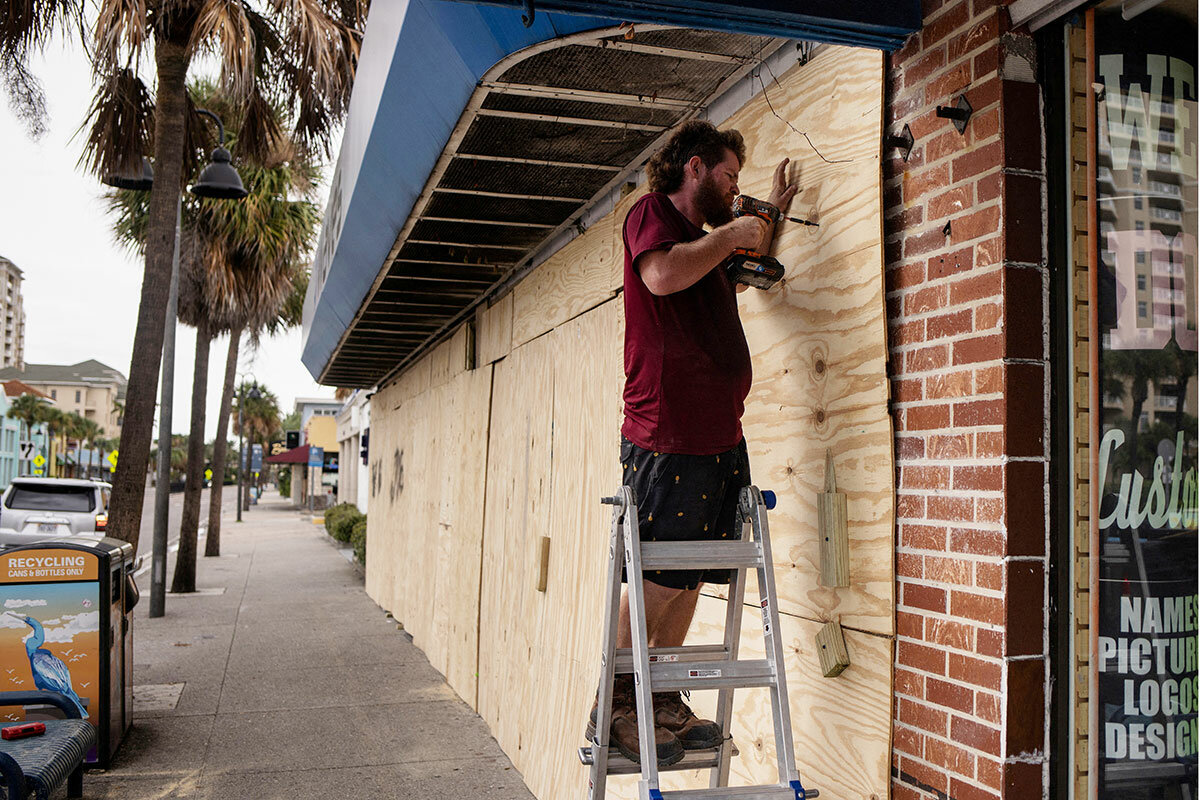Hurricane Idalia makes landfall in Florida

 Mark Trumbull
Mark Trumbull
A major hurricane has hit Florida – again. But while last year’s Hurricane Ian made landfall in the heavily populated Fort Myers area and dumped epic rains, Hurricane Idalia today was less destructive to human communities.
In fact, as the storm churned past Cuba into the Gulf of Mexico, it headed squarely toward one of the least populated coastal areas in the state, an area known as the Big Bend, where the Florida panhandle turns southward. Still, it’s a fresh reminder of how one of the nation’s fastest-growing states faces rising risks due to climate change.
And there’s still plenty for affected people to reckon with, in Florida and beyond. Photos showed buildings on scenic Cedar Key half underwater as the Category 3 hurricane created a massive storm surge. Many people along the coast followed evacuation orders, but some did not.
As emergency response crews worked to keep power on and help people in need, residents in the state capital of Tallahassee were coping with floods from 4 inches or more of rain. Farther south, Tampa dodged a head-on strike but faced a still-large surge – amplified this afternoon by a “king tide” (a high tide with extra-strong gravitational pull).
“Two of our three bridges that go over to Pinellas [County] are currently closed because of flooding,” Tampa Mayor Jane Castor told CBS News today. Yet “we have not been [directly] hit in over 100 years.”
The storm was able to rapidly intensify as it neared the Florida coast, briefly reaching Category 4 wind speeds, due to this year’s unusually warm water temperatures, which act as fuel for hurricane intensity. Idalia also flooded Cuba’s western edge and by this afternoon was bringing its winds and rains northeast into Georgia and the Atlantic coast.



